The content of the article
At the beginning of the summer season, every gardener thinks about how to protect his plot from pests, how to feed the soil so that it gives a good harvest, and also how to spend a minimum of material resources on this. There is only one answer - to prepare natural fertilizer from grass. With the onset of summer, this process becomes one of the main conditions for good soil productivity. So, how to prepare a natural fertilizer saturated with nitrogen?
Cooking grass compost
- To prepare fertilizer, everything can be used: weeds, tops, lawn grass, and even food waste (trimmed vegetables, cabbage stalks).
- Stack grass and plant waste in a large tub. It is best if the container is made of plastic. Iron tanks will not work - the reaction in it will be slow. Capacity should be volumetric, at least 50 liters, and preferably 100.
- If there are plants with seeds among the weeds, it is better to pre-soak them in cold water for several days. This is to ensure that the seeds die. Or they need to be cut in advance. Of course, most seeds die during composting, but some crops (such as lupins) can survive in compost slurry. After this, the weed safely grows on the bed, which was watered with prepared fertilizer. To prevent this from happening, it is better to collect the compost weed before it gives the seeds.
- After all the grass is prepared, you need to add a little organic waste to it. A barn is best. Cow excrement (can be combined with hay and clay) must be shifted in layers with weeds.
- When the mass is prepared, in it, for better fermentation, you can add special sources of nitrogen purchased in the store. If there are none, don’t worry - there is nitrogen in the barn, it’s just a little longer to prepare the fertilizer.
- After laying all the ingredients, fill the vat with water so that the entire mass is covered with liquid. You can also put oppression on top so that the grass does not float and roams better. To speed up the process, cover the container with a lid or plastic bag.
- From time to time you need to stir the "composition" so that it does not rot and does not stray into pieces.
- Usually compost is ready in a couple of weeks (first batch). After using the compost mass, you need to leave a couple of buckets of the prepared liquid in the vat so that it helps to “ferment” the next portion of fertilizer. The following batches are prepared faster, fermentation begins within 10 days, and if the summer is hot, then a week is enough.
Using compost fertilizer
Everyone knows that plants absorb nitrogen from the soil, which, when composted, is given to the solution. During fermentation, a lot of useful substances and minerals are released, which are so necessary for the soil. Using fertilizer from grass, you can significantly reduce the acidity of the soil, because during the reaction, alkali is released. How to fertilize garden crops with the help of a prepared product? Let's figure it out in order.
- The prepared liquid must be diluted with water in a ratio of 1: 2. Mix one bucket of fertilizer with two buckets of water and pour any prepared crops with the prepared mixture - cucumbers, pumpkin, cabbage, strawberries. Depending on the size of the beds and shrubs, there should be about one bucket of diluted fertilizer per bush. One liter is enough for a strawberry bush.
- It is best to fertilize crops with nitrogen in the spring and in the first half of summer.After all, closer to autumn, trees and shrubs are preparing for rest, and an excessive amount of nitrogen can cause them to increase growth and the appearance of young leaves. This affects trees badly - they can not stand frosts and die.
- Fertilize the plants in moderation. Excessive top dressing has the opposite effect. That is, when there is an excess of nitrogen, plant growth can occur in the tops (radishes, potatoes). And the fruits themselves will be small. Therefore, you need to fertilize plants no more than once a month.
- Do not think that all the weeds that have not decomposed in the compost will go to landfill. They contain a huge amount of useful minerals. The grass needs to be removed from the tub with a pitchfork and laid out on the beds. Waste is used for mulching. Rotting grass protects the soil from drying out, prevents weeds from growing, and also enriches the earth with a beneficial composition.
- Freshly prepared fertilizer can be used against pests. Spray grass fertilizer onto currant leaves to protect it from aphids. For spraying, the prepared product does not need to be diluted; it is applied in a concentrated form. Various insects do not tolerate this smell and will quickly leave your possessions.
- The prepared fertilizer is suitable for use for about a week, after this time it loses its useful properties, since all nitrogen is eroded. For the next stage of fertilizer, you need to prepare a new compost fluid.
- The convenience of having compost fluid is as follows. If you have fruit trees on the plot, you probably have waste - unsuitable fruits that have fallen, rotted, flattened, are eaten half by ants, etc. If earlier you had to carry it in the trash, bury it or burn it, now all this waste can be thrown into a bunch with weeds. This will give the fertilizer even more useful mass.
- It is better to put containers with compost fertilizer in the immediate vicinity of the beds themselves. You do not have to drag a large container with liquid to the other end of the site or carry with full buckets through the entire garden.
Pond weeds
We presented you the easiest and most classic way to make fertilizer from grass. However, there are other recipes that are equally effective and useful for fruit crops. One of these recipes is useful if you live on the shore of a pond. There are weeds rich in useful microelements in the pond that simply cannot be used for your own purposes.
You need to take about 50 liters of chopped pond plants - sedge, reeds. You can add simple weeds to them - nettle, wormwood. In the vat, you also need to add a bucket of ash, a pound of chicken manure (or 5 kg of cow) and a liter of Baikal EM-1 fertilizer. Pour everything with water and insist until strong fermentation begins. This is a very effective and useful tool, after which the yield of your site will increase significantly.
To saturate poor and depleted soil with minerals and trace elements, yeast must be added to the compost heap. According to GOST, the yeast contains potassium, magnesium, sulfur, magnesium, calcium and many other components that affect the yield of the site. One sachet of yeast (15 mg) must be diluted in 10 liters of water. Weeds are poured with yeast and further according to the same pattern. This is a universal top dressing that is as effective as it is safe.
Growing a rich harvest is a laborious, long and patient work. However, with the right approach, he gives good dividends in the form of tasty and large fruits. Fertilize your site to grow the sweetest vegetables, fruits and berries!
Video: how to cook an infusion of herbs in a barrel


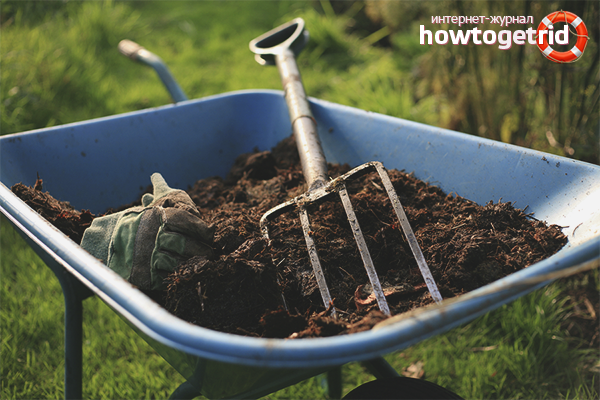
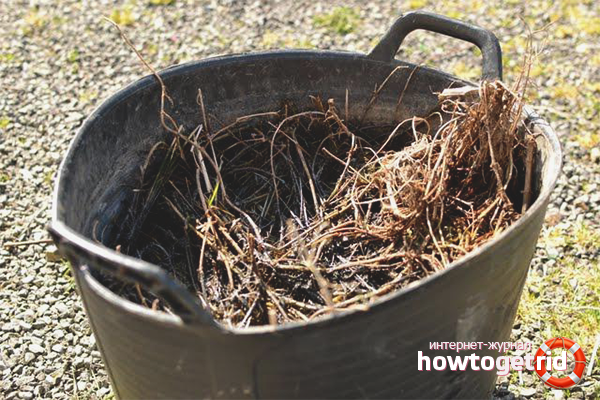
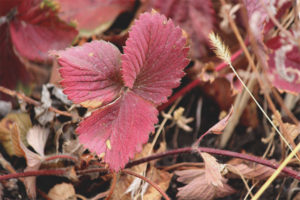
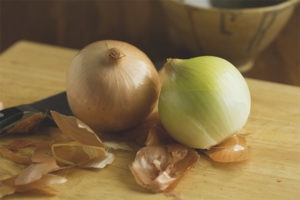
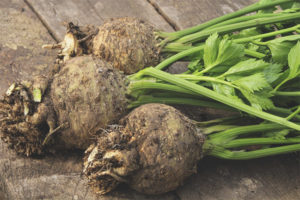
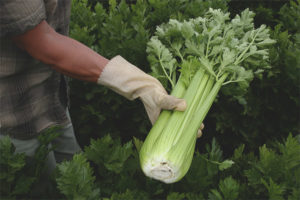
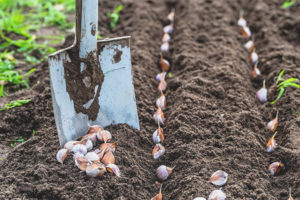
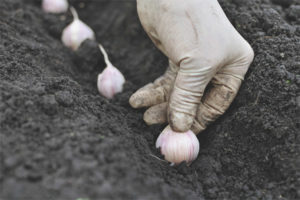
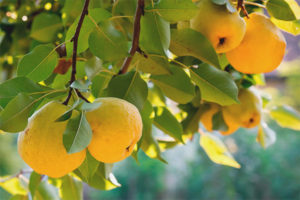
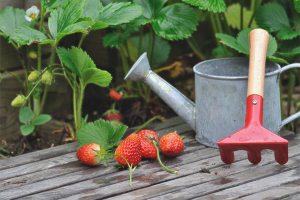
Submit